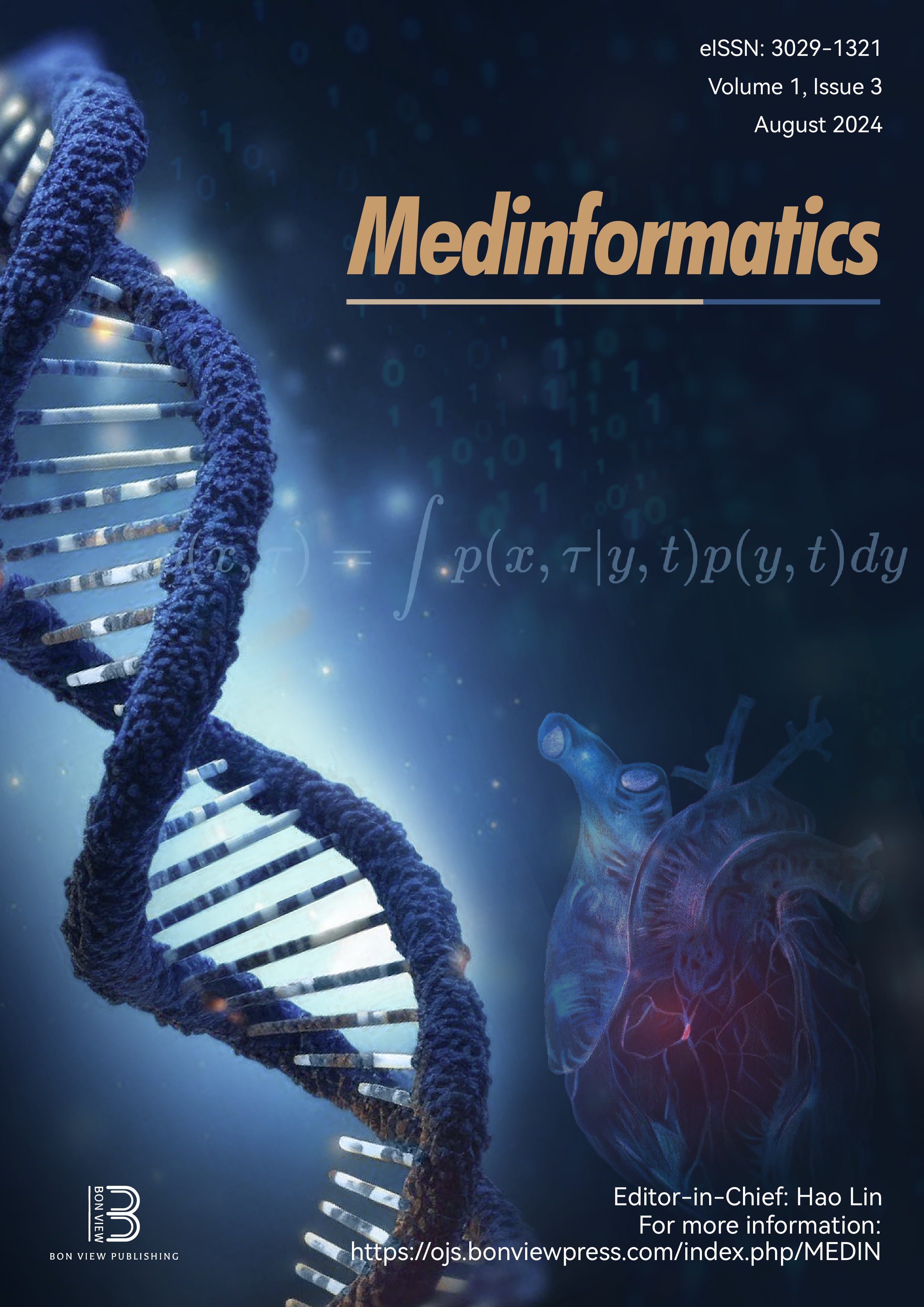ADME, Molecular Targets, Docking, and Dynamic Simulation Studies of Phytoconstituents of Cymbopogon citratus (DC.)
DOI:
https://doi.org/10.47852/bonviewMEDIN42022711Keywords:
C. citratus, phytoconstituents, orientin, XDH, MMP9, cancer, neurodegenerative diseasesAbstract
Cymbopogon citratus (DC) Stapf. is utilized in both culinary and medicinal contexts, wherein its extracts demonstrate a range of therapeutic properties, including antidiabetic, antioxidant, and anti-inflammatory activities. This investigation aimed to computationally analyze phytochemicals of C. citratus, evaluating their pharmacokinetics and binding dynamics. The findings revealed a combination of high and low gastrointestinal absorption (GIA) for C. citratus (DC.) phytochemicals, with some exhibiting permeability across the blood-brain barrier (BBB). Xanthine dehydrogenase/oxidase (XDH) emerged as the primary human molecular target of C. citratus phytocompounds, while XDH and matrix metalloproteinase-9 (MMP9) have central connectivity in the protein interaction network. Orientin has best binding affinity with XDH (−9.083 kcal.mol−1) and MMP9 (−9.051 kcal.mol−1). Molecular dynamic simulations indicated the favorable stability and interactions of XDH with orientin and quercetin, respectively. In summary, this investigation underscores the potential of twenty-six (26) phytochemicals in C. citratus extract to combat cancer and neurodegenerative diseases through mechanisms targeting XDH and MMP9.
Received: 27 February 2024 | Revised: 31 May 2024 | Accepted: 14 June 2024
Conflicts of Interest
The authors declare that they have no conflicts of interest to this work.
Data Availability Statement
The SwissADME data that support the findings of this study are openly available at http://www.swissadme.ch/about.php, reference number [11]. The SEA Search data that support the findings of this study are openly available at https://sea.bkslab.org/, reference number [12]. The STRING data that support the findings of this study are openly available at https://string-db.org, reference number [13]. The eXpression2Kinases data that support the findings of this study are openly available at https://maayanlab.cloud/X2K/, reference number [14]. The UniProt data that support the findings of this study are openly available at www.uniprot.org.
Downloads
Published
Issue
Section
License
Copyright (c) 2024 Authors

This work is licensed under a Creative Commons Attribution 4.0 International License.


